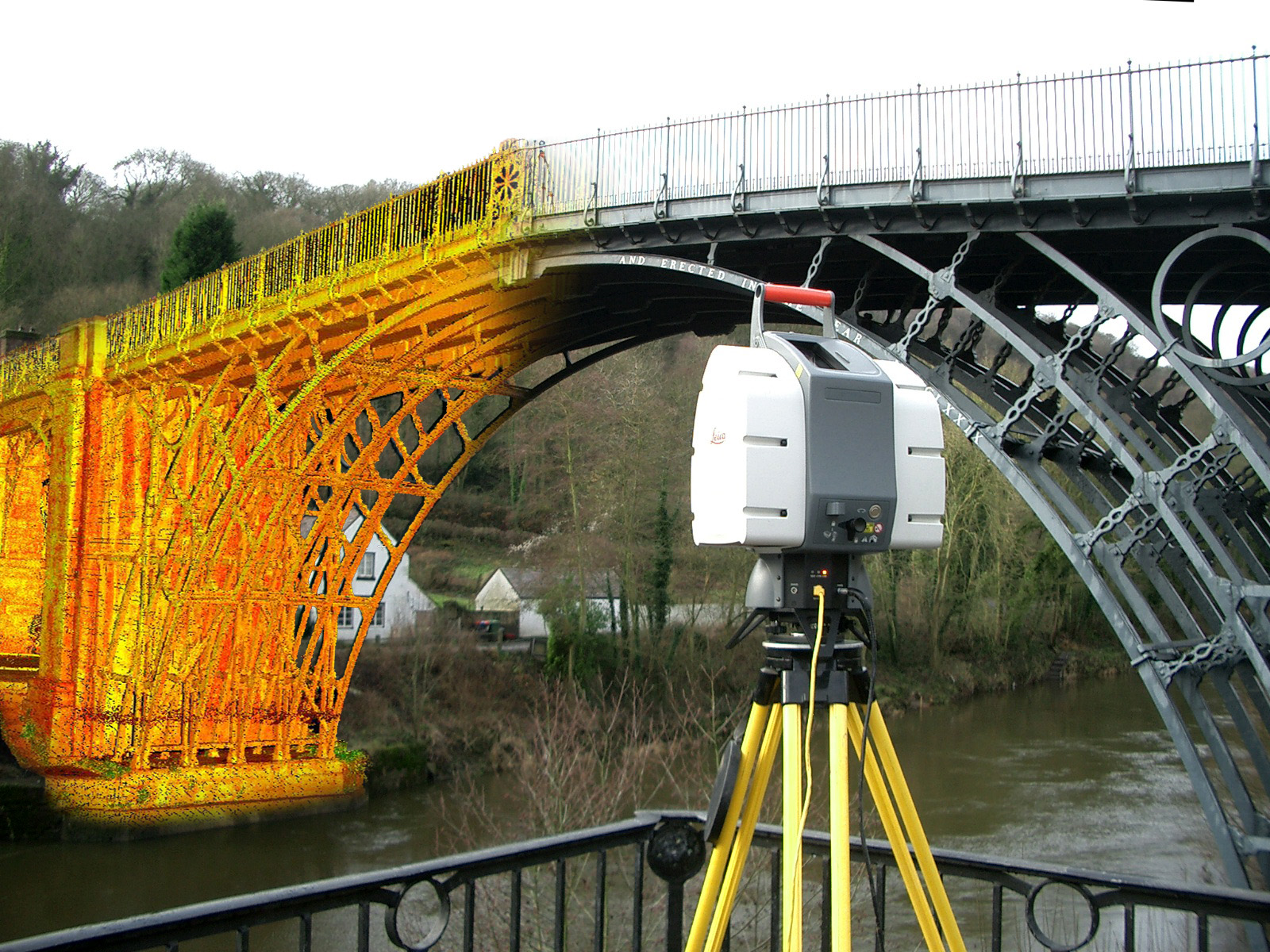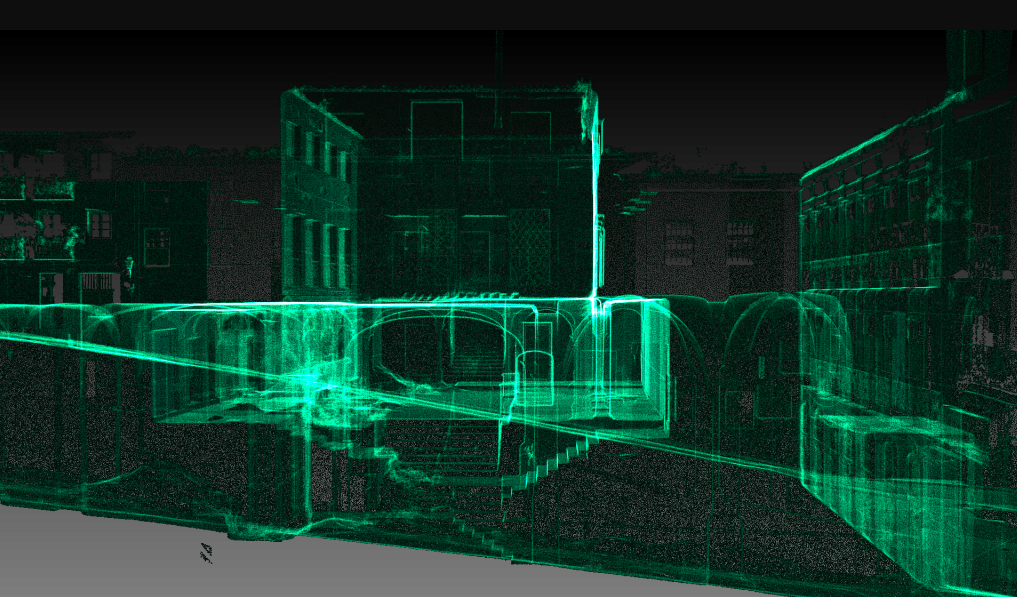When Architects Rely on 3D Scanning for Detailed Site Data
Wiki Article
Just How 3D Laser Scanning Changes Architectural Layout and Building And Construction Projects
3D laser scanning is transforming the landscape of architectural layout and building and construction. This innovation supplies unparalleled accuracy in catching existing atmospheres, which helps with better project preparation and execution. It lowers errors while improving efficiency in different stages of advancement. The effects for cooperation amongst designers, designers, and various other stakeholders are considerable. These advancements open the door to new design opportunities and innovative options. What exists ahead for this advancing technology?The Fundamentals of 3D Laser Scanning Modern Technology
3D laser scanning modern technology may appear complex, its core principles are transformative and simple for architectural style. This technology uses laser light beams to capture specific dimensions of physical frameworks, generating a detailed factor cloud that stands for the scanned atmosphere. A laser scanner discharges quick pulses of light, gauging the time it takes for the light to return, which permits the computation of distances with exceptional accuracy.The resulting point cloud can be exchanged a 3D design, offering designers with invaluable visual information. This design enables professionals to adjust and assess design aspects within their tasks, permitting cutting-edge solutions and improved visualization. By utilizing 3D laser scanning, architects can better recognize the status quo of a website, making sure that new designs harmonize with their surroundings. This combination of innovation right into building design marks a substantial improvement, fostering creative thinking and precision in the area.

Enhancing Accuracy and Effectiveness in Architectural Projects
As architectural jobs significantly require accuracy and rate, 3D laser scanning arises as a pivotal device in improving both accuracy and performance. This technology records millions of data factors in a brief timeframe, producing precise and in-depth 3D versions of existing frameworks. The ability to obtain exact dimensions reduces the danger of mistakes throughout the layout phase, permitting architects to envision their tasks with unparalleled quality.The quick information collection procedure minimizes the time spent on-site, enabling groups to focus on evaluation and style renovations. With real-time data schedule, adjustments can be made promptly, advertising an extra structured workflow. The assimilation of 3D laser scanning right into building practices not just boosts dimension precision however also boosts the total task timeline, promoting quicker decision-making. In a market where accuracy is crucial, this innovation stands as a transformative pressure, boosting the requirements of building layout and building and construction projects.
Streamlining Collaboration Amongst Stakeholders
While conventional architectural processes commonly include fragmented communication amongst stakeholders, 3D laser scanning fosters an extra natural collective setting. By giving accurate, high-resolution information, this technology enables engineers, customers, engineers, and service providers to run from a unified factor of reference. The comprehensive visualizations generated via laser scanning get rid of misinterpretations and obscurities, making sure that all parties have access to the exact same details.This transparency enhances decision-making and motivates prompt feedback, as stakeholders can easily imagine style elements and spatial connections. Additionally, the combination of 3D scanning information right into Building Info Modeling (BIM) systems further improves collaboration, allowing for real-time updates and adjustments. Such smooth interaction not only lessens problems however additionally accelerates task timelines, as all stakeholders continue to be aligned throughout the layout and building phases. Inevitably, 3D laser scanning transforms typical workflows into a more collaborative and efficient process, profiting all parties involved.
Unlocking Imaginative Opportunities in Design
By making it possible for architects to envision intricate elaborate details and spatial connections, 3D laser scanning discloses creative opportunities in style. This modern technology enables exact mapping of existing settings, making it possible for architects to explore cutting-edge concepts that could have previously seemed not practical. With extremely precise information, designers can explore unique forms and materials, pushing the limits of conventional architecture.The integration of 3D laser scanning right into the style process promotes cooperation amongst multidisciplinary groups, motivating the exchange of look these up ideas and improving creativity. The detailed visualizations generated by this innovation not just aid in identifying prospective style obstacles however likewise influence remedies that may not have actually been thought about. Because of this, engineers can create extra dynamic and interesting rooms that reverberate with individuals while satisfying functional needs. Inevitably, 3D laser scanning changes the architectural landscape, equipping developers to recognize their visions with unprecedented precision and creative thinking.
The Future of 3D Laser Scanning in Architecture and Construction
The assimilation of 3D laser scanning right into building layout not just boosts imagination but likewise establishes the stage for its evolving function in the future of style and building and construction. As innovation breakthroughs, the accuracy and efficiency of laser scanning will remain to enhance, allowing designers and contractors to create a lot more complex layouts with precision - 3D Scanning. Making use of this technology in real-time information collection will promote better decision-making, minimizing errors and streamlining operationsFuture applications may consist of augmented and digital reality assimilations, allowing stakeholders to envision tasks in immersive settings. On top of that, as sustainability comes to be a priority, 3D laser scanning will support the growth of energy-efficient layouts by offering in-depth insights into existing frameworks. As collaboration among various techniques ends up being even more vital, the capability to share accurate 3D versions will foster technology and improve task results. Ultimately, 3D laser scanning will redefine requirements in architectural style and construction techniques.
Regularly Asked Questions
What Is the Expense of Applying 3D Laser Scanning Modern Technology?

The length of time Does a Common 3D Laser Scanning Project Take?
A common 3D laser scanning task can take anywhere from a couple of hours to a number of days, depending on elements such as the job's dimension, complexity, and the degree of information needed for accurate data capture.What Sorts Of Projects Advantage Most From 3D Laser Scanning?
3D laser scanning benefits numerous tasks, particularly massive constructions, historic reconstructions, and complicated remodellings. It boosts accuracy in dimensions, reduces mistakes, and supplies thorough information crucial for reliable preparation and execution in building layout and construction.
Exist Specific Software Programs Required for 3D Laser Scans?
Yes, details software application programs are necessary for refining 3D laser scans. 3D Scanning. Popular options include Autodesk ReCap, Faro Scene, and Leica Cyclone, each offering one-of-a-kind features tailored for analyzing and visualizing scanned information properly in numerous jobsHow Does 3D Laser Scanning Effect Environmental Sustainability in Construction?
3D laser scanning enhances ecological sustainability in building by minimizing material waste, allowing exact dimensions, and advertising effective resource usage. This technology permits for far better planning, lowering the eco-friendly footprint of building tasks through enhanced precision and performance.3D laser scanning is changing the landscape of building design and building and construction. 3D laser scanning innovation might appear complicated, its core concepts are transformative and simple for architectural layout. By enabling architects to imagine intricate elaborate information and spatial partnerships, 3D laser scanning exposes imaginative possibilities in layout. The click to read assimilation of 3D laser scanning into the design process fosters cooperation among multidisciplinary teams, encouraging the exchange of concepts and enhancing imagination. The integration of 3D laser scanning right into building design not only enhances creativity however also sets the stage for its developing duty in the future of design and building.
Report this wiki page